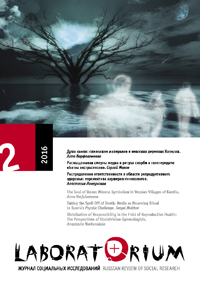Soviet Architecture and the West: The Discovery and Assimilation of Western Narratives and Practices in Soviet Architecture in the late 1950s–1960s
Main Article Content
Abstract
This article deals with the impact of western architecture on Soviet architecture during and after the Thaw and Nikita Khrushchev’s reforms in the spheres of architecture and construction. By the late 1950s international postwar modernism became an official Soviet architectural style. The article explains how Soviet architects discovered and learned this new style: through magazines and books, both translated and in their original languages; through business and tourist trips abroad; and through personal connections and official channels. The main argument is that in the 1960s Soviet architecture became embedded in an international system of architecture but at its far periphery. Moreover, the visual westernizing make over of Soviet architecture did not change its inner structure and has rather negative implications for the perception and evaluationof the architectural legacy of the post-Stalin era. In Russian, extended summary in English.
Keywords
Cold War, Iron Curtain, Modernism, Soviet Architecture, Soviet Modernism, Cultural Transfers, Post-Stalinism, Thaw, Soviet Union and the West
Abstract 209 | PDF FULL PAPER (Русский) Downloads 200 PDF EXTENDED SUMMARY Downloads 74 HTML FULL PAPER (Русский) Downloads 125 HTML EXTENDED SUMMARY Downloads 22

